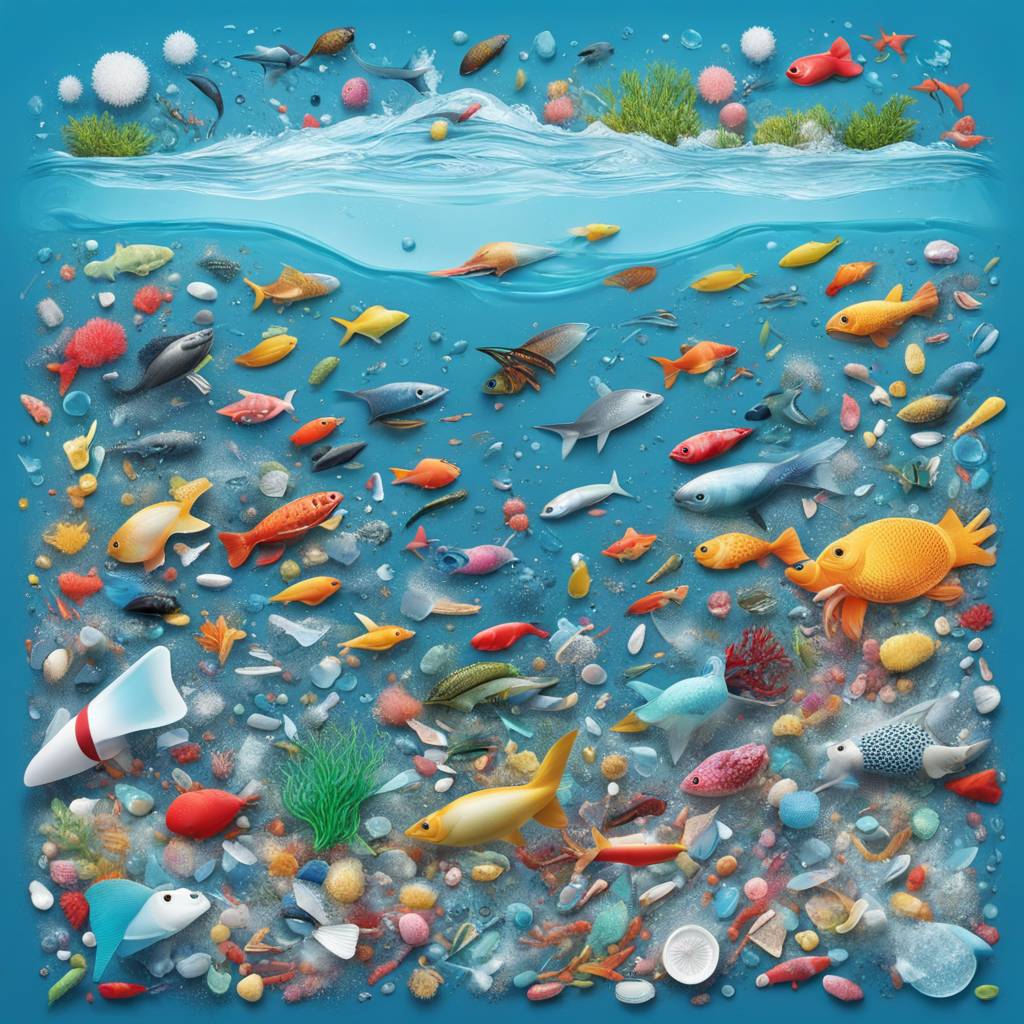The author of this article, Hélène Duguy, expresses concern over the potential erosion of the EU’s sweeping ban on intentionally added microplastics due to behind-the-scenes tinkering of the legislation. Microplastic pollution is a serious issue, with these tiny particles being found virtually everywhere, including in human placentas. Studies have shown that microplastics can cause damage to human cells and pose health risks such as strokes and heart attacks. The EU’s ban targeted all microplastics intentionally added into products, with alternatives readily available, emphasizing the need to avoid this type of pollution.
Despite the EU’s efforts to address microplastic pollution through the sweeping ban, there are indications that industry players are pushing back to weaken the legislation. Some companies have challenged the scope of the ban, prompting the European Commission to consider exemptions and caveats that could dilute the effectiveness of the ban. A recent example of this is the issue of glitter, where the Commission initially banned it under the microplastics restriction but later updated its website to exempt most uses of glitter. The closed-door negotiations between the Commission and industry stakeholders raise concerns about the transparency and integrity of the process.
The author highlights the exclusion of civil society representatives from discussions related to the microplastics ban, raising questions about the influence of industry interests on the legislation. The fear is that behind-the-scenes negotiations could further weaken the ban and make it ineffective in addressing microplastic pollution. The author stresses the importance of consulting all stakeholders, including civil society, in the development of guidance following the adoption of the ban, to ensure transparency and accountability in the process.
The article also raises concerns about the potential implications of retroactive tinkering on other legislation aimed at addressing pollution, such as bans on harmful chemicals like PFAS and bisphenols. The European Commission’s pledge to restrict these chemicals as broadly as possible could be at risk if similar untransparent processes are used to “clarify” the legislation post-adoption. The author urges the Commission to adhere to the agreements made by EU institutions and member states regarding microplastics and other pollutants to maintain the integrity of environmental legislation.
In conclusion, the author emphasizes the need for the European Commission to uphold the sweeping ban on intentionally added microplastics as agreed upon by EU institutions and member states. The potential erosion of this legislation through industry pressure and closed-door negotiations could undermine the efforts to combat microplastic pollution. Transparency, accountability, and adherence to the original agreements are crucial to ensuring the effectiveness of environmental legislation and protecting public health.



